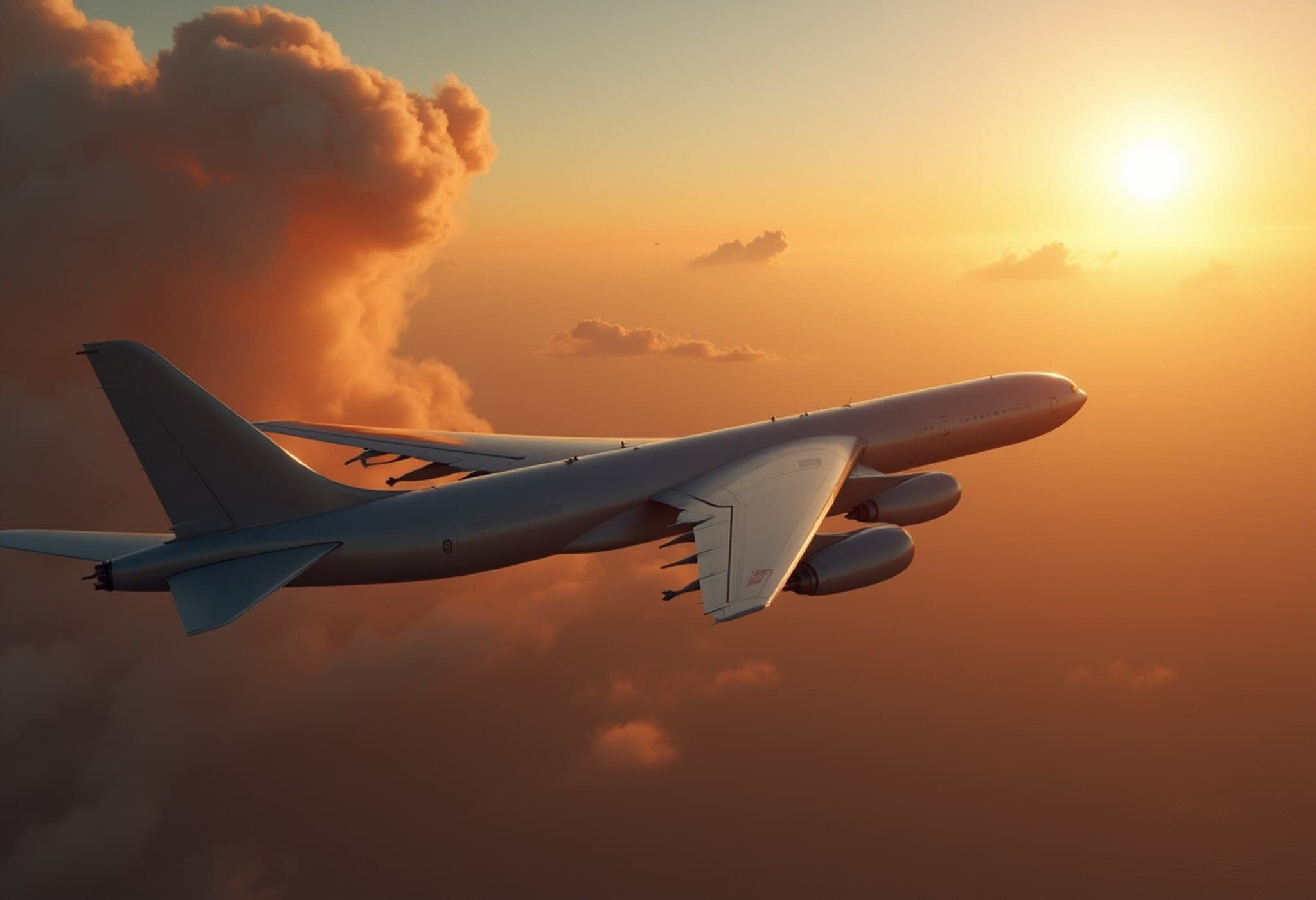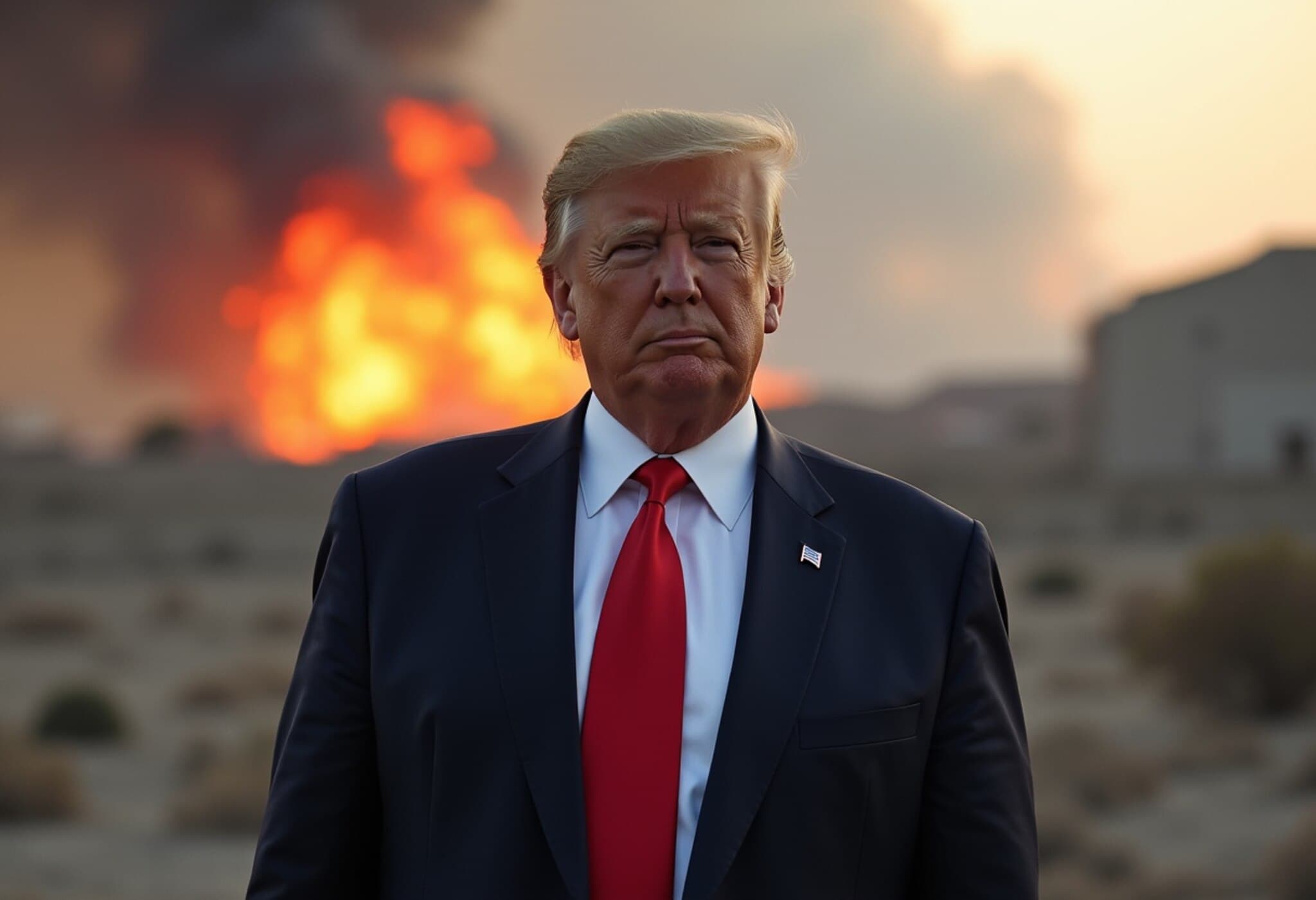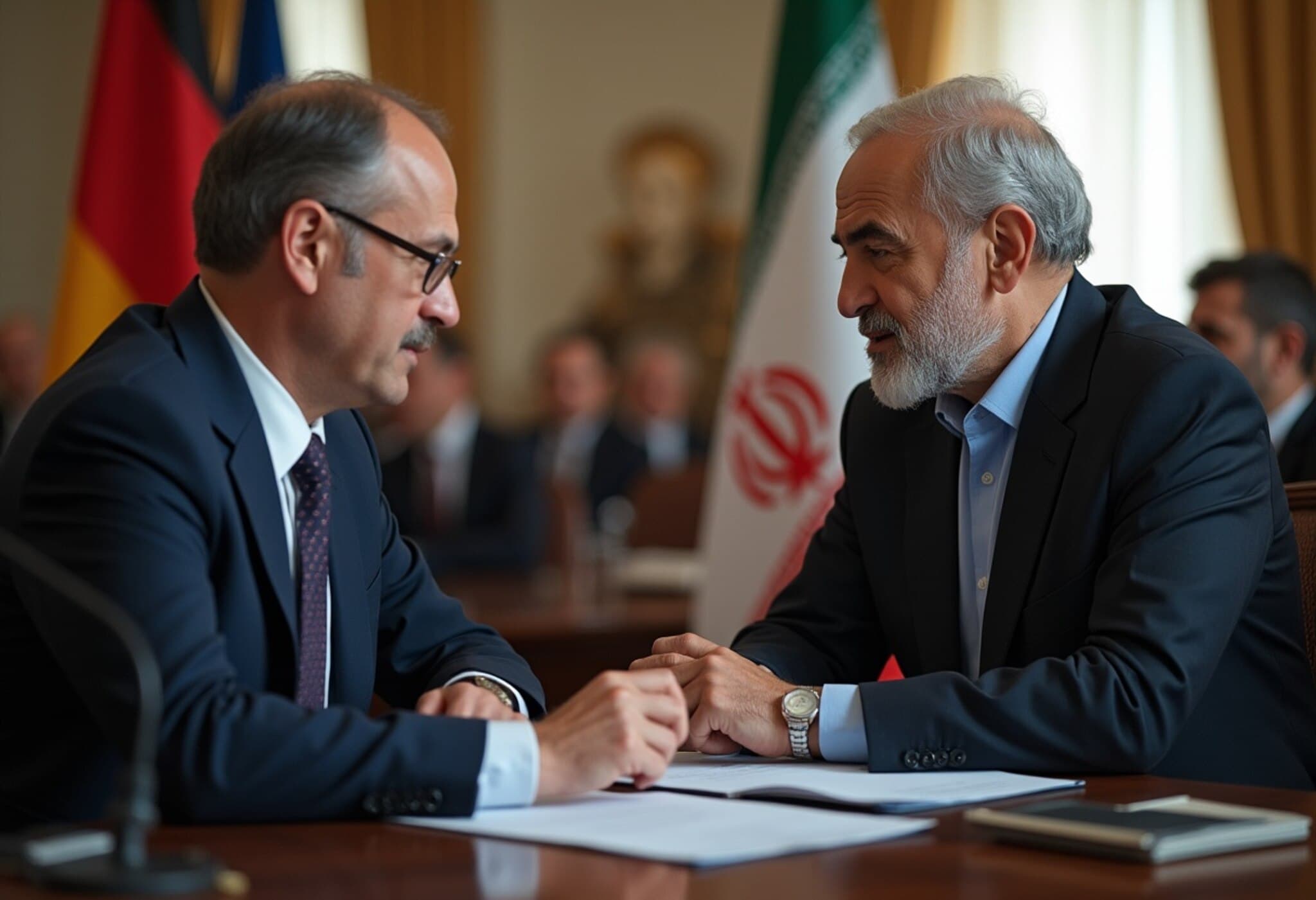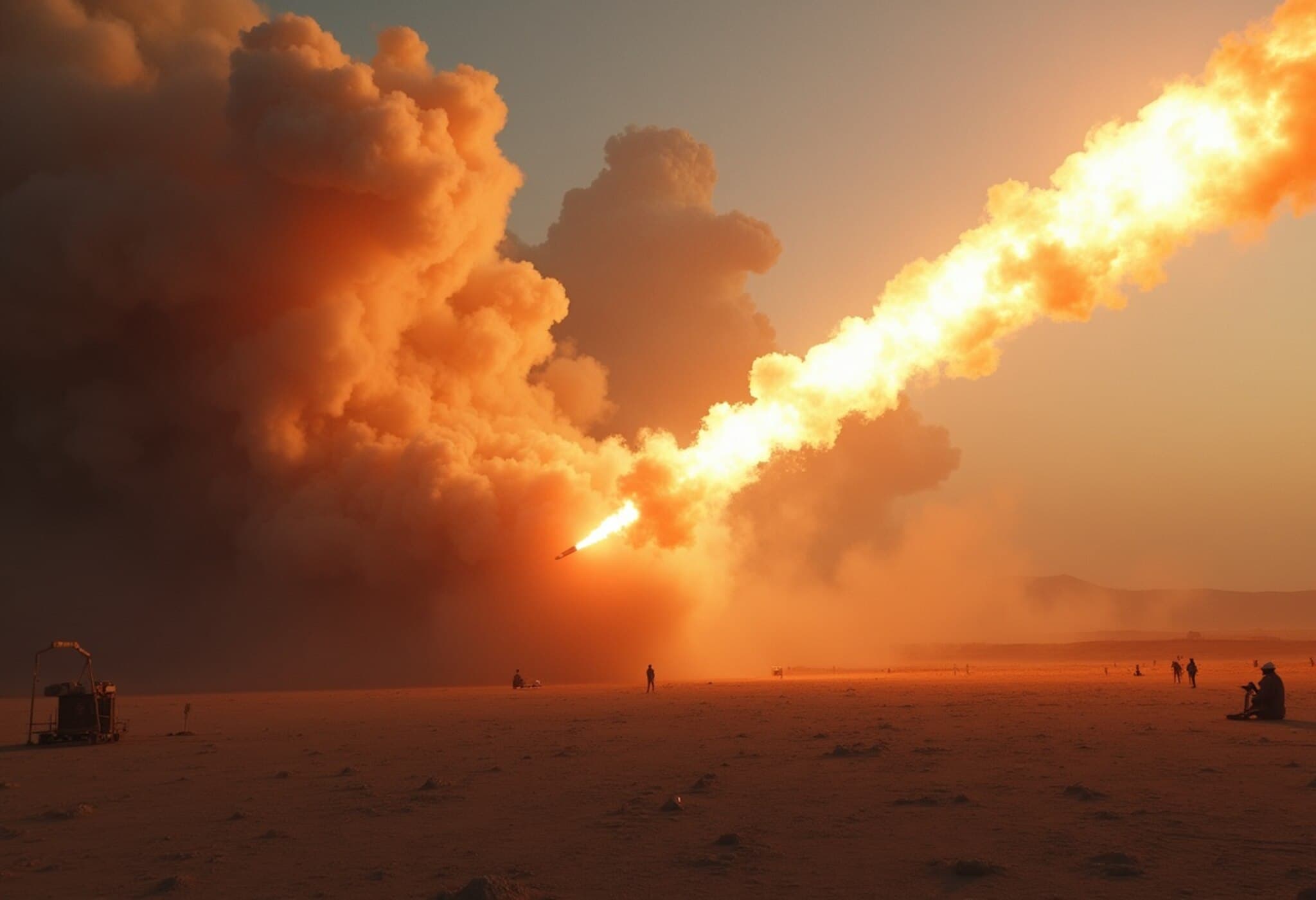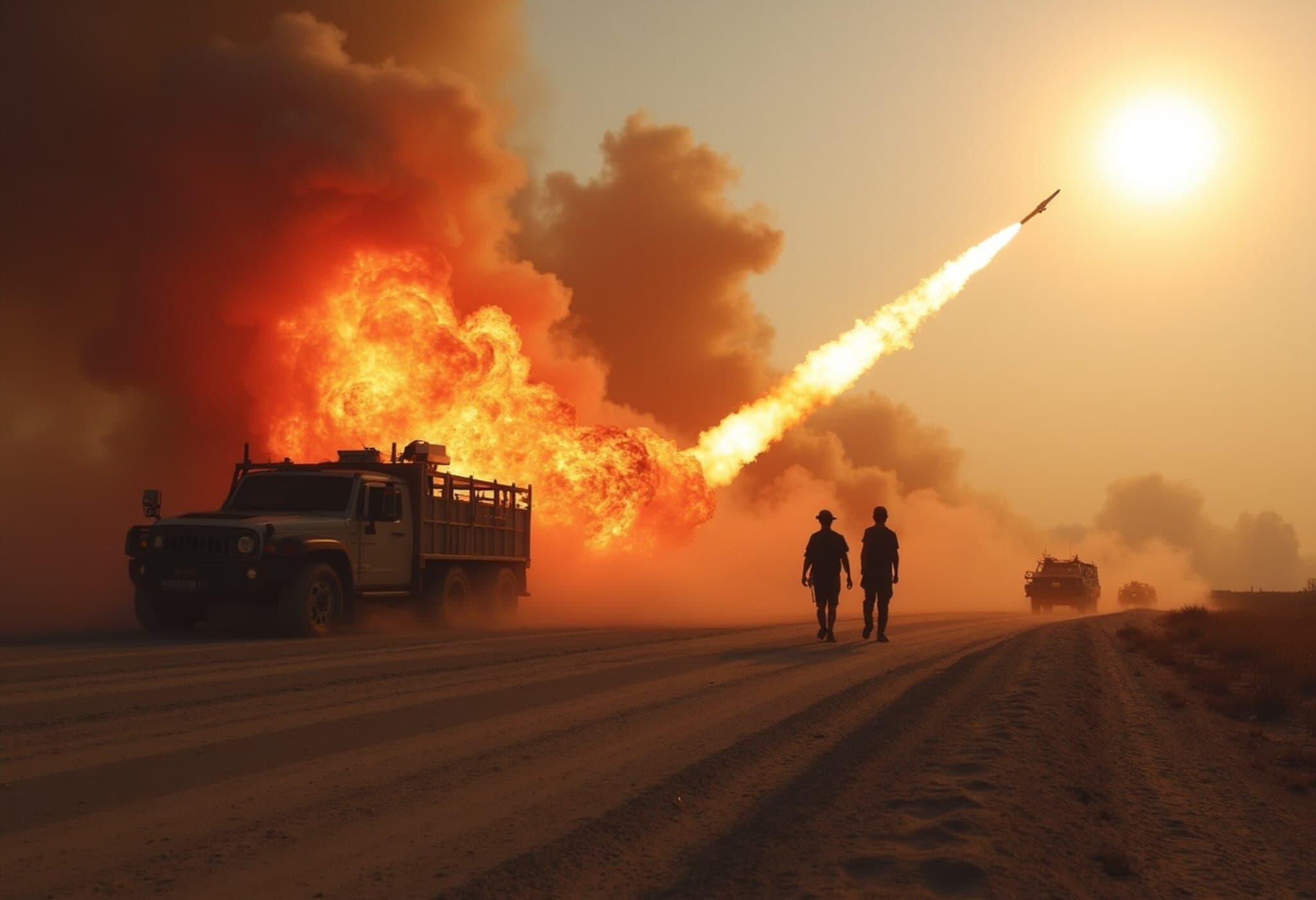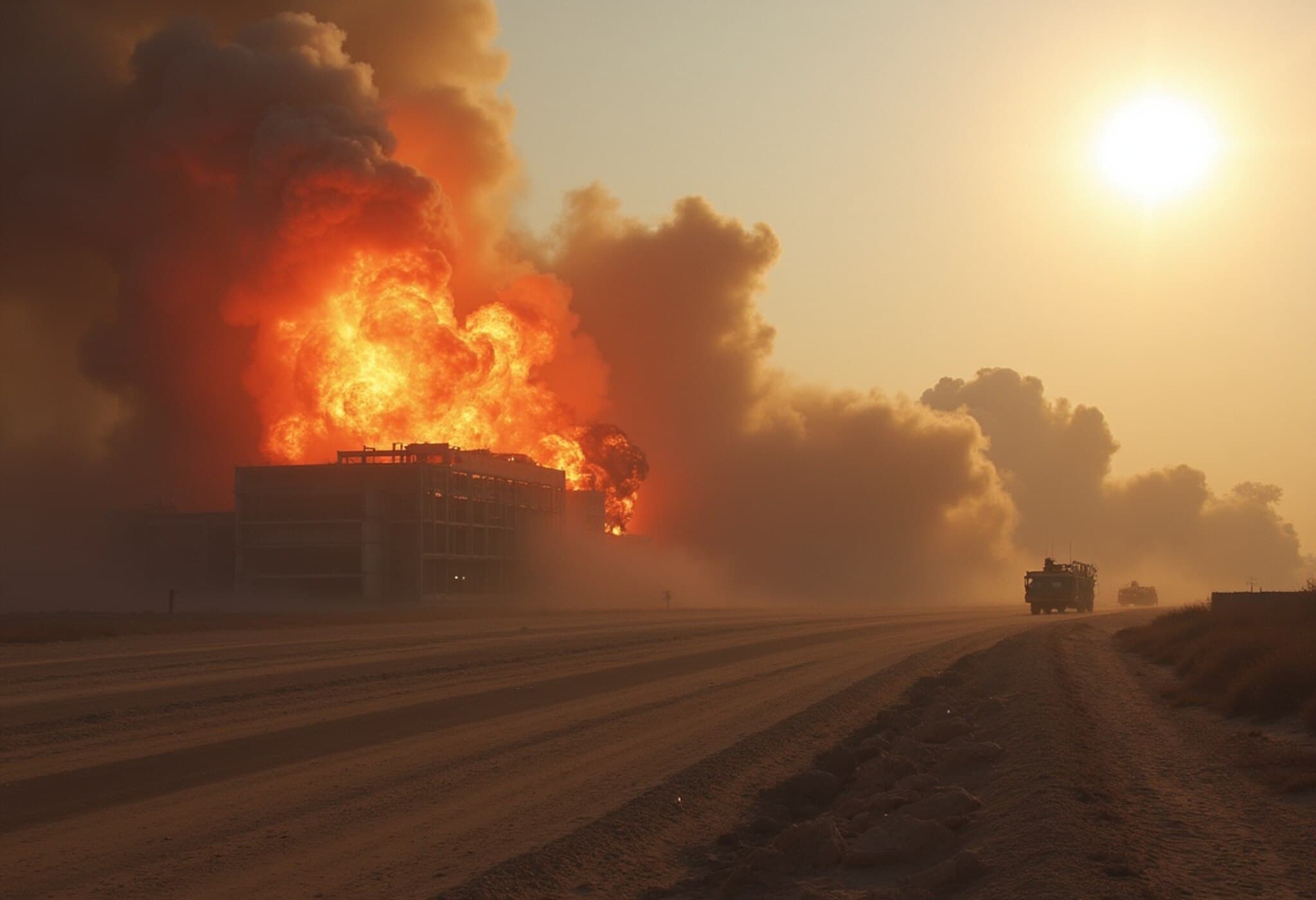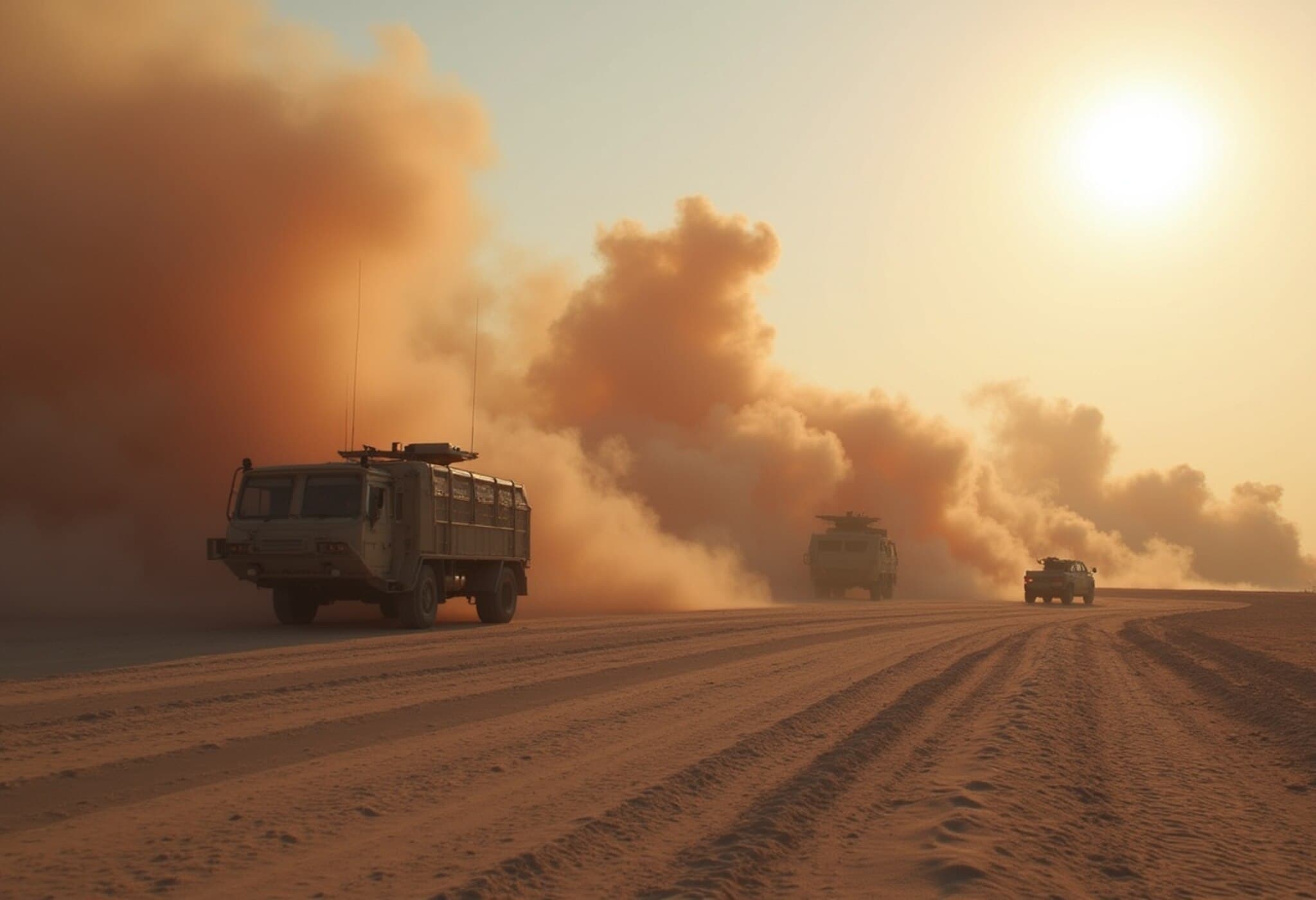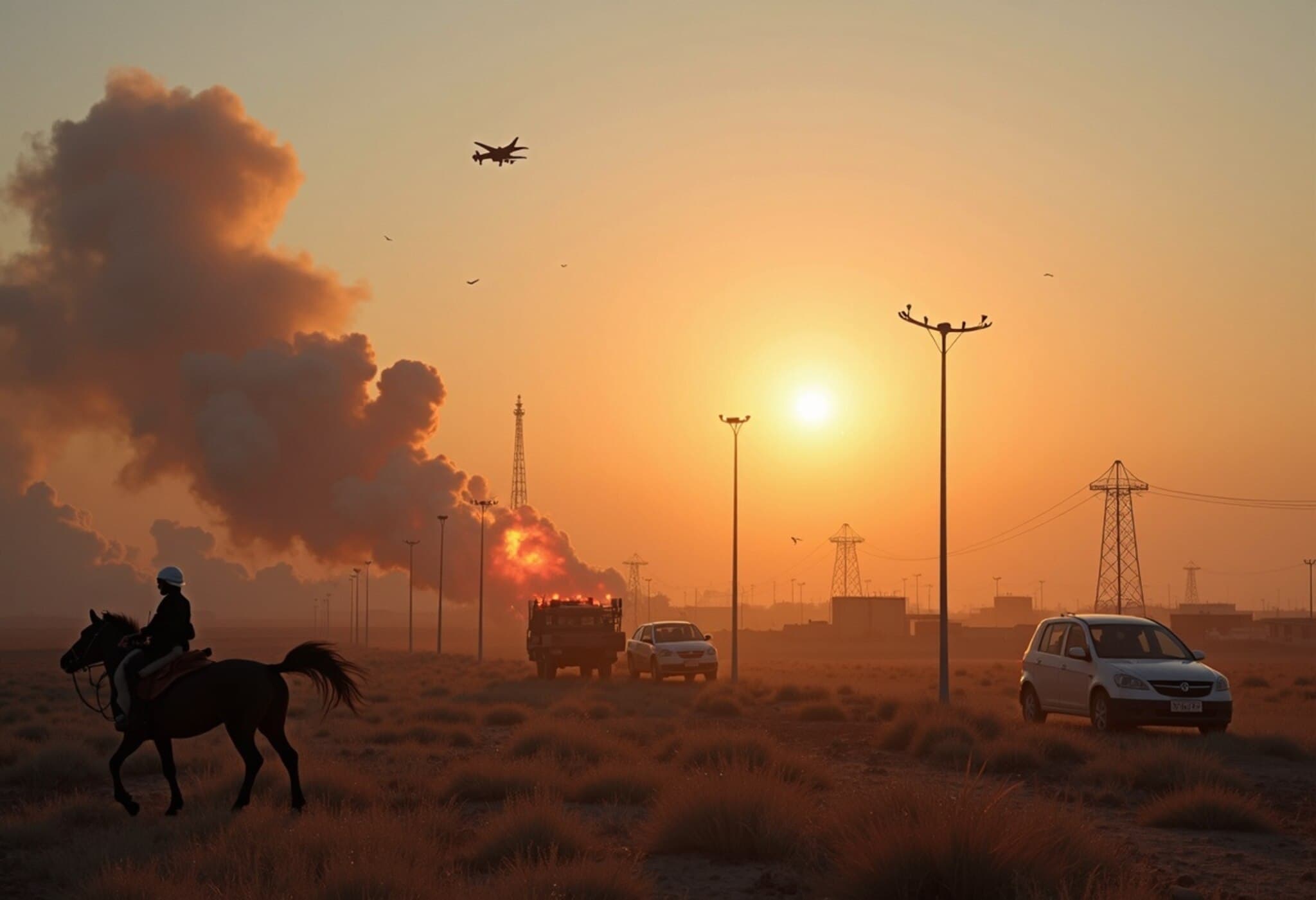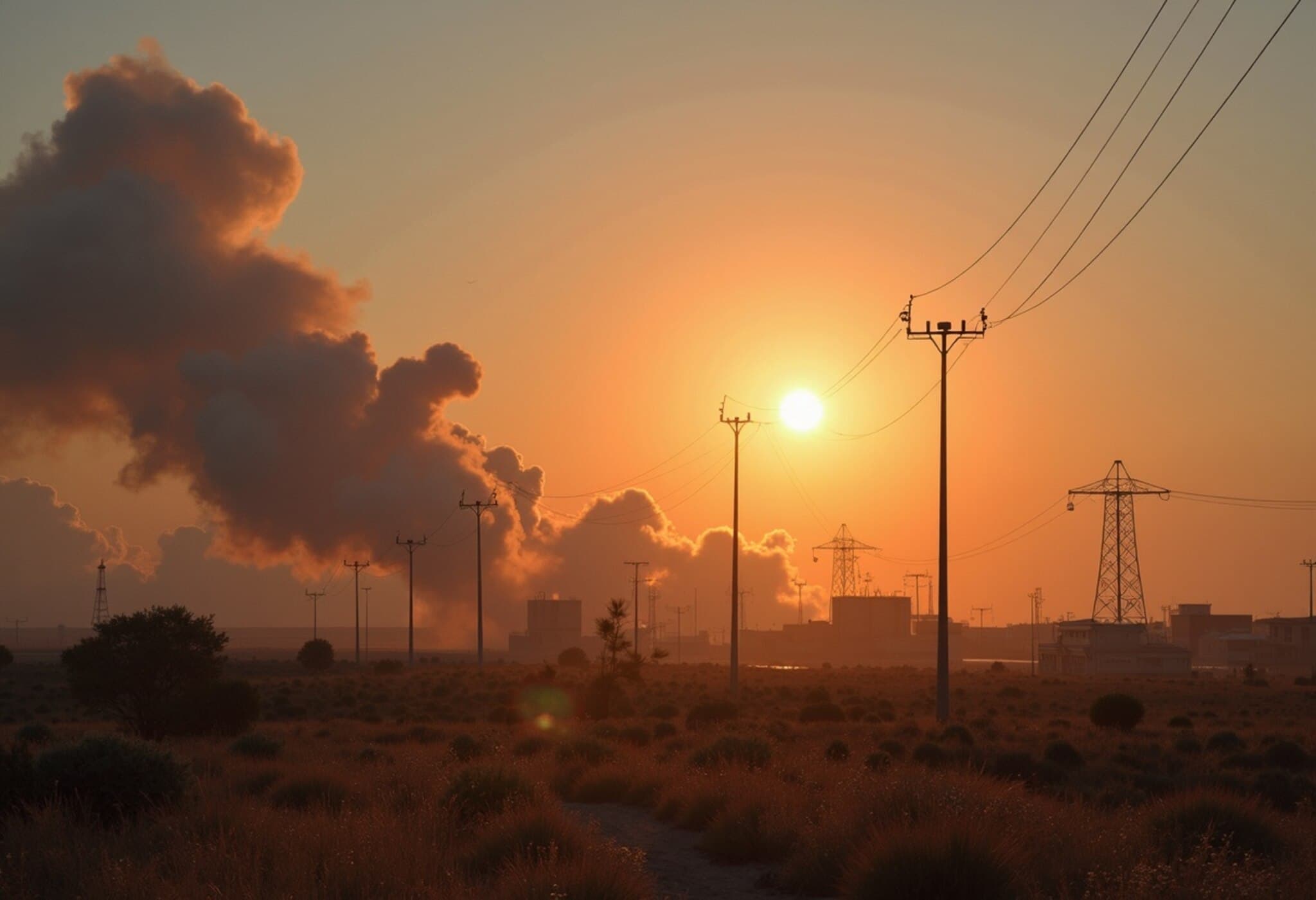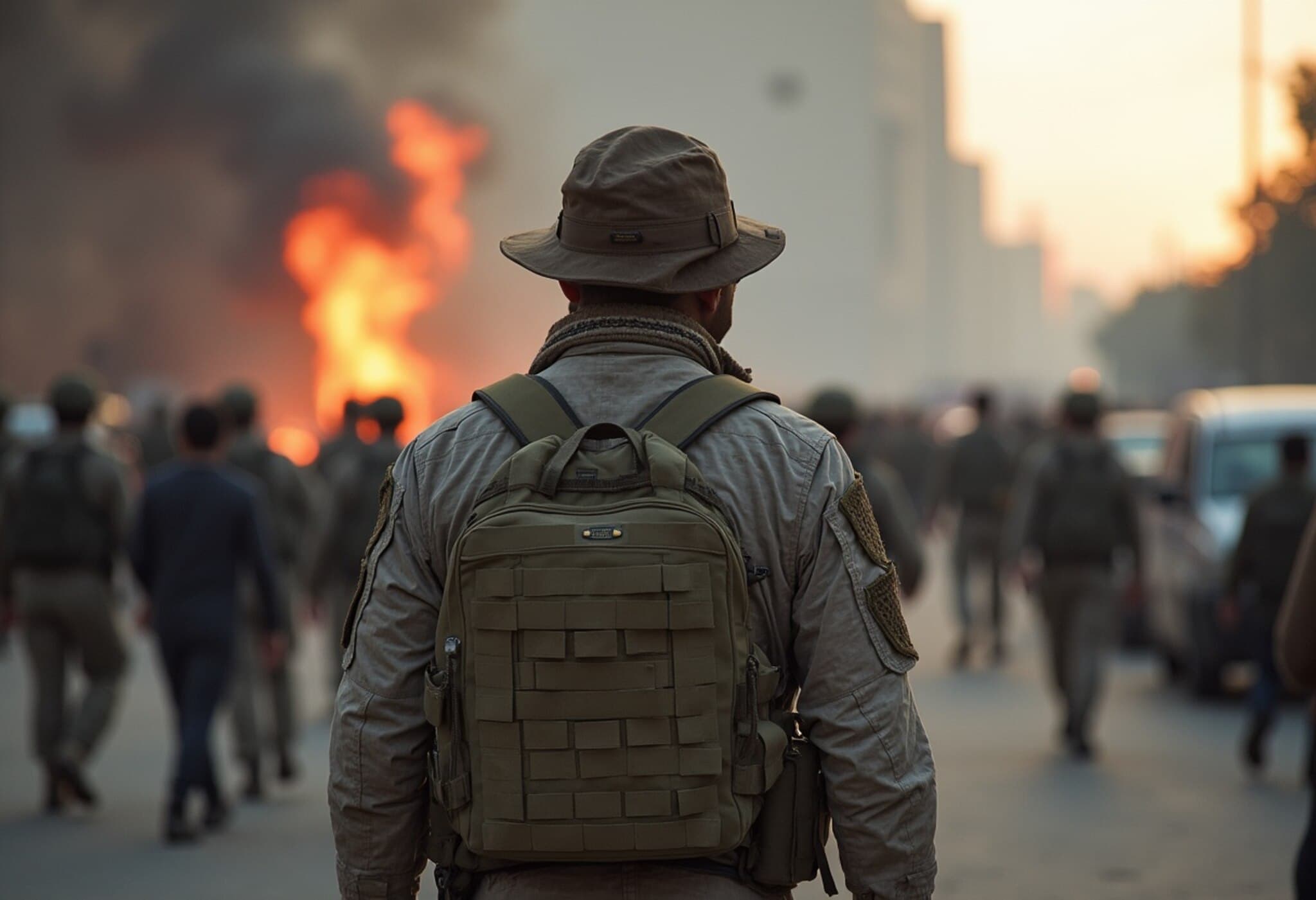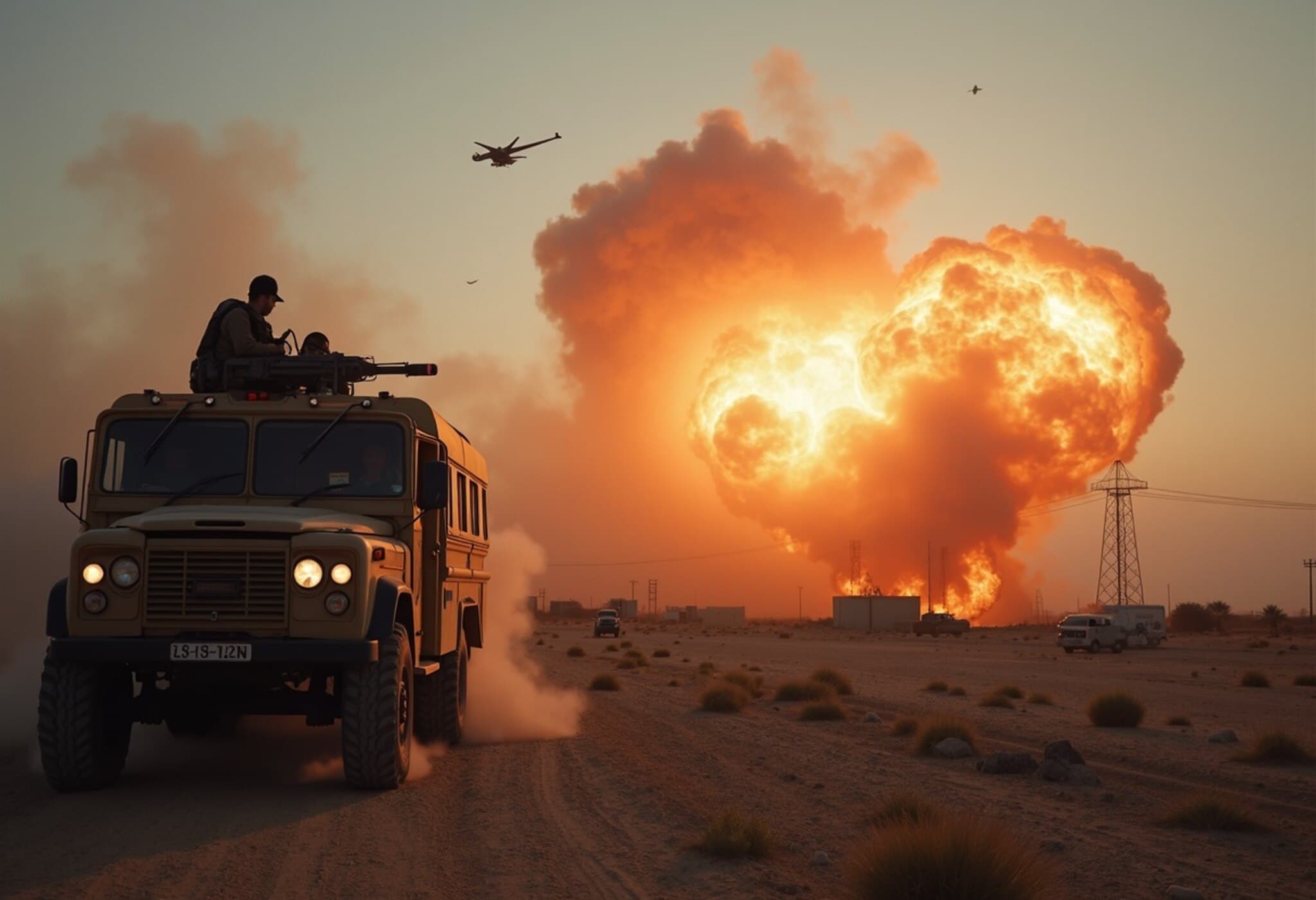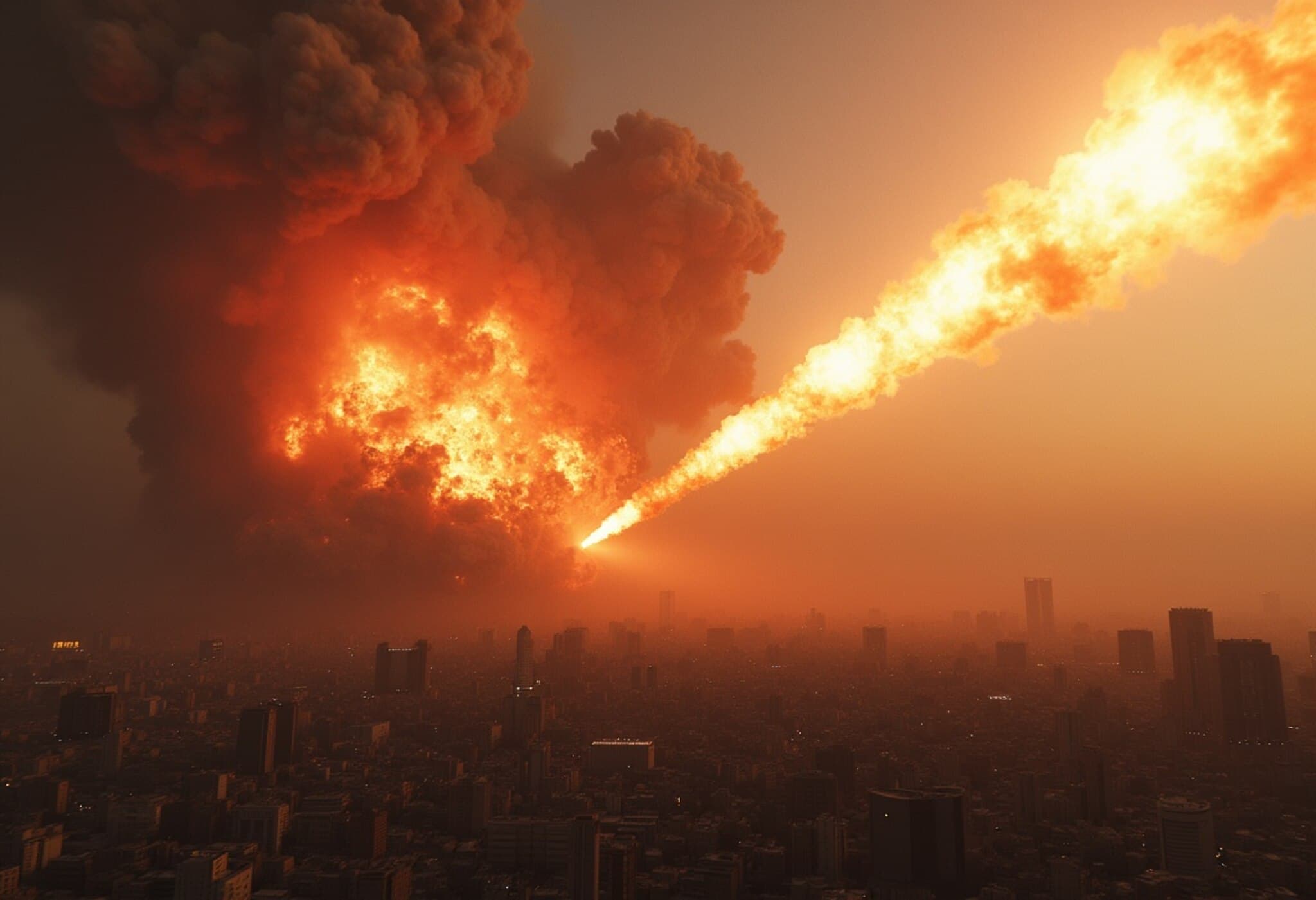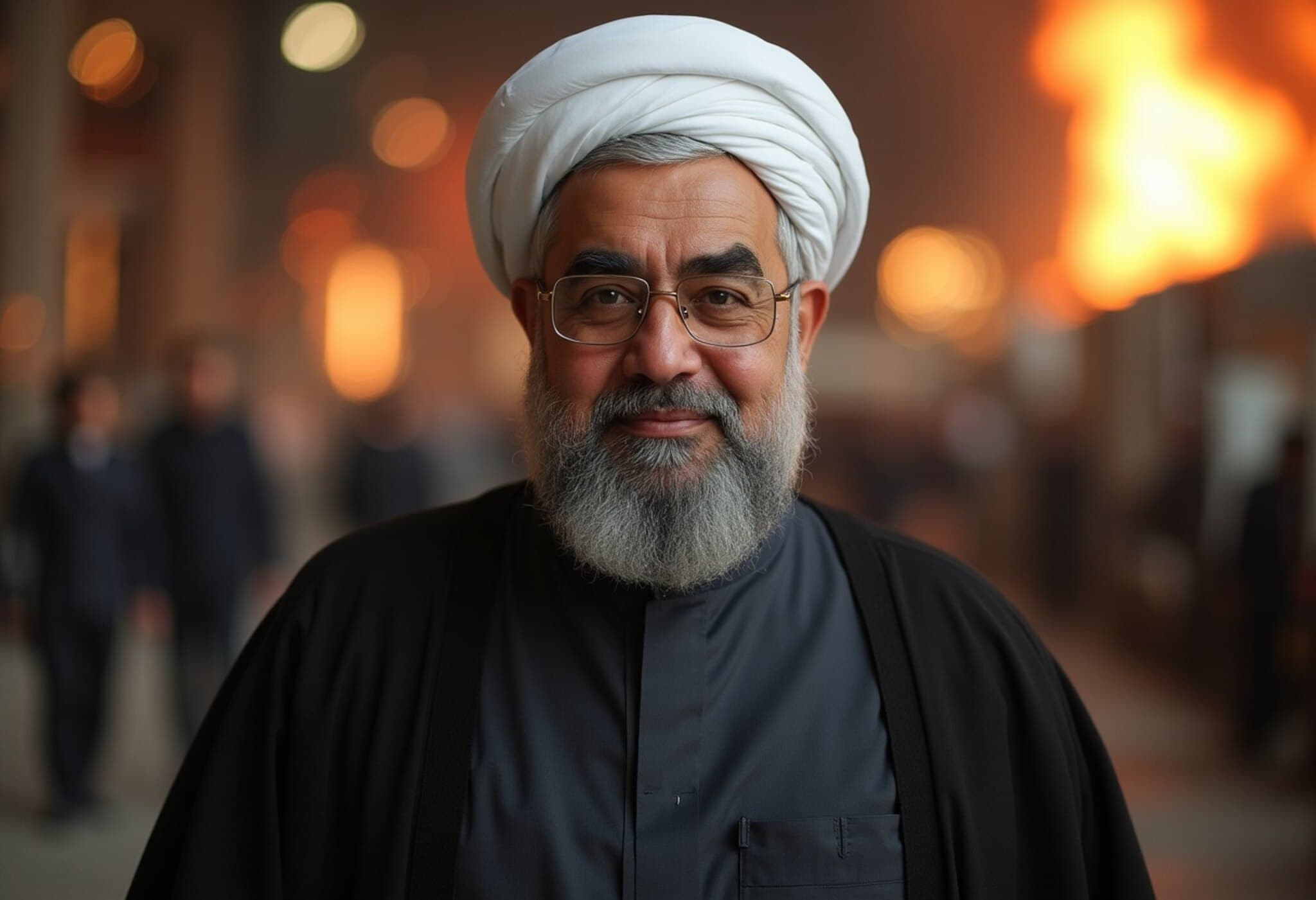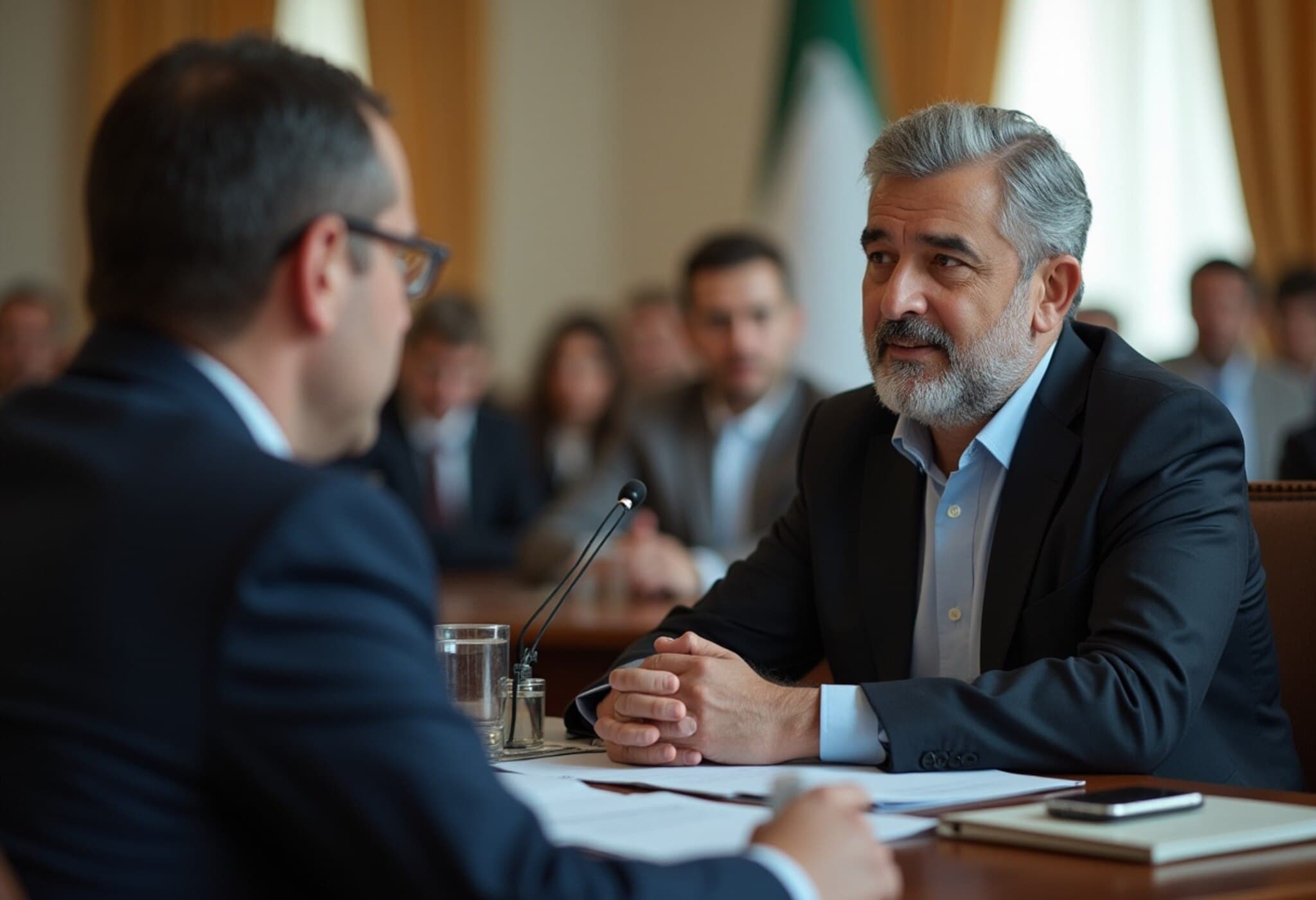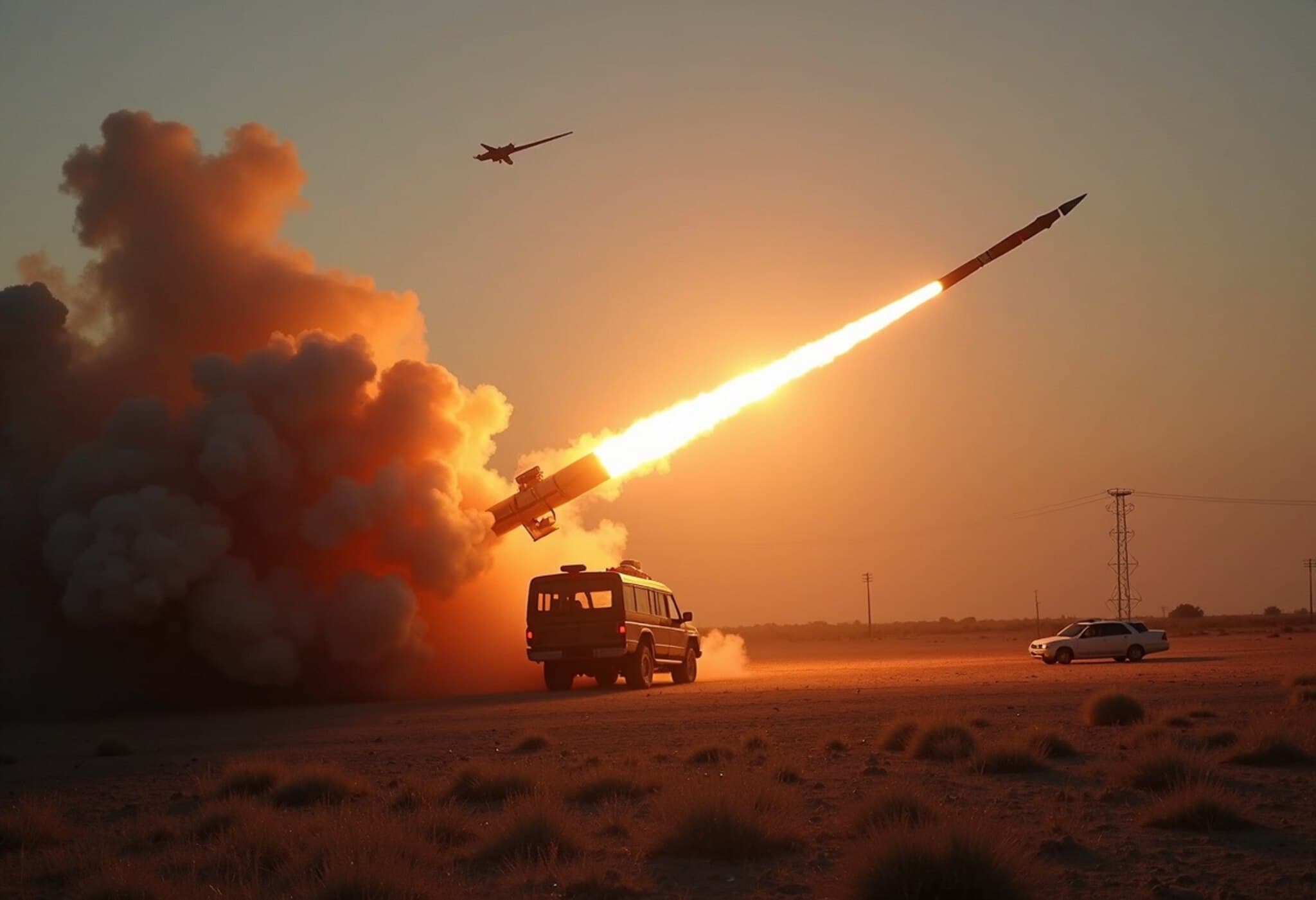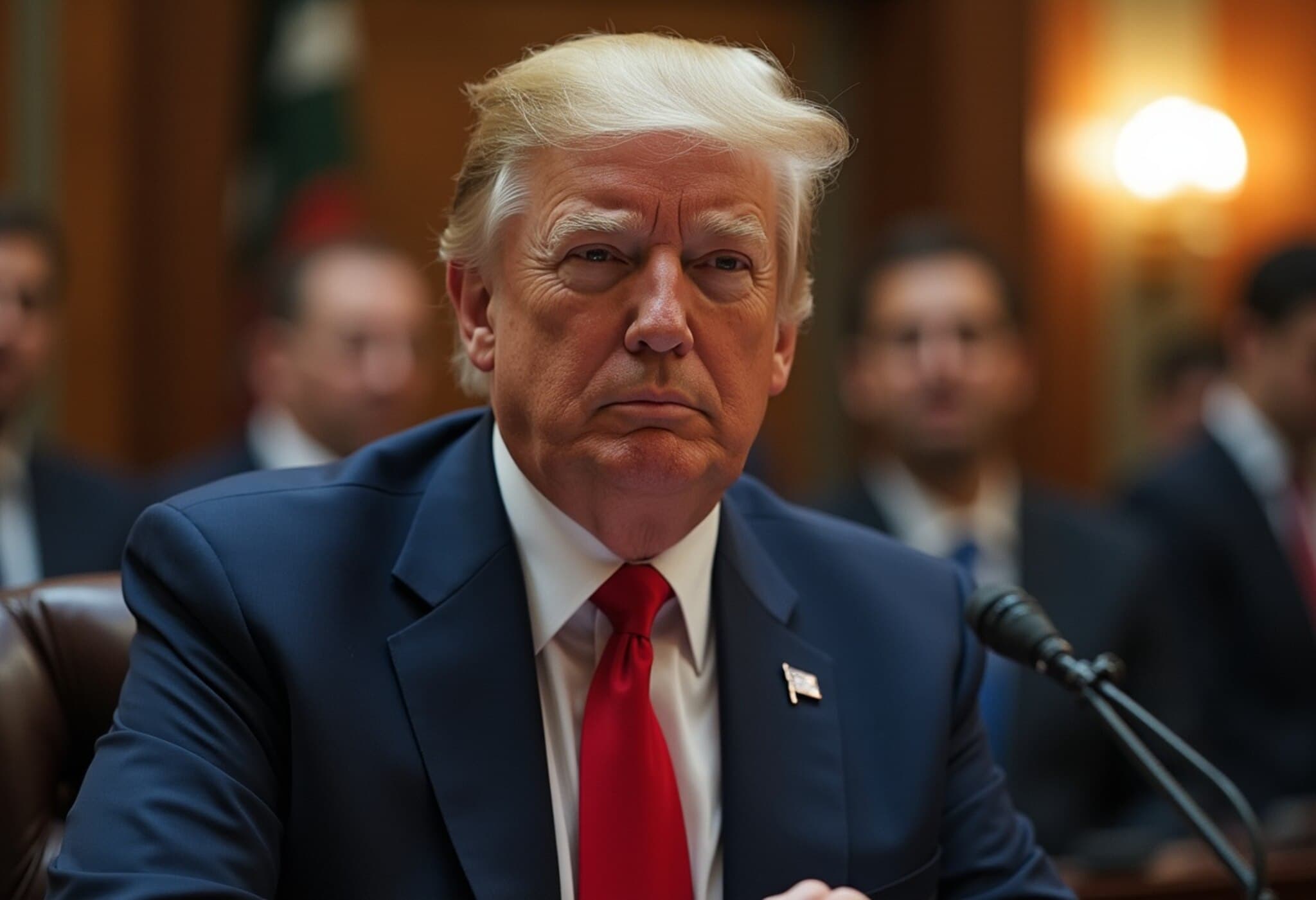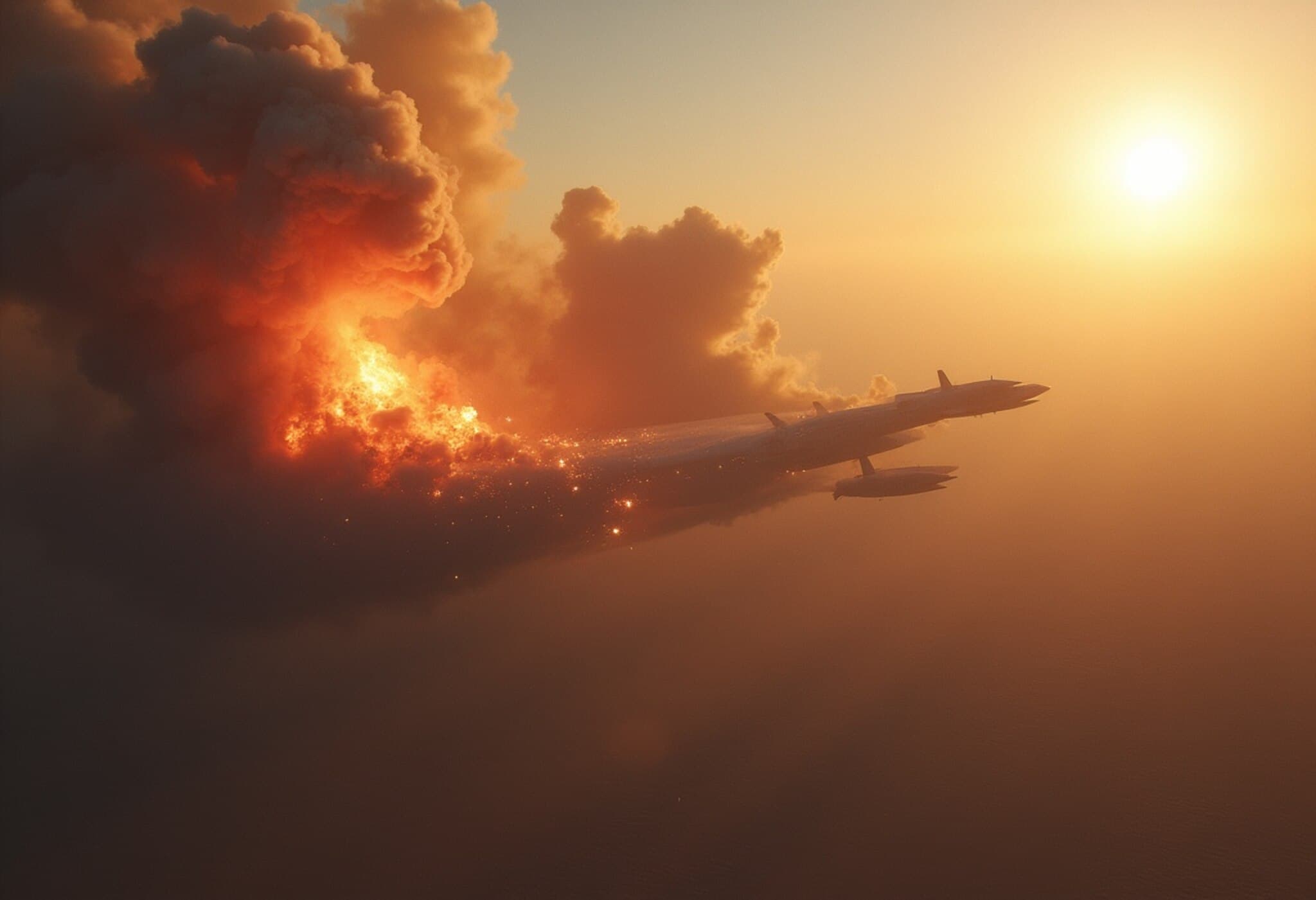US Military Launches Strikes on Iran’s Nuclear Facilities
In a significant escalation in Middle East tensions, the United States conducted military strikes targeting Iran's key nuclear sites at Fordow, Natanz, and Isfahan. President Donald Trump confirmed the operation involved B-2 stealth bombers delivering powerful bunker-busting bombs aimed at crippling Iran's uranium enrichment capabilities.
Strategic Aim and Execution
The airstrikes, carried out early Sunday local time, marked a direct American intervention amid ongoing hostilities between Israel and Iran. President Trump emphasized the success of the missions, particularly highlighting the complete destruction of Fordow, Iran’s most secure nuclear enrichment site. He proudly stated that no other military could have executed such a precise and impactful strike.
Details on the Targeted Facilities
- Fordow: Considered Iran’s most fortified nuclear site, it reportedly absorbed a full payload to neutralize its operations.
- Natanz: Another crucial uranium enrichment center targeted to disrupt Iran’s nuclear progress.
- Isfahan: A key location involved in Iran’s nuclear program, also struck during the operations.
Use of Advanced Stealth Technology
US defense officials disclosed that B-2 stealth bombers, capable of carrying up to 30,000-pound bunker-busting bombs, were deployed in the operation. This choice was essential for penetrating the deeply buried nuclear infrastructure, reflecting the high level of precision and force involved.
Coordination with Israel and Regional Impact
The strikes were coordinated in advance with Israel, which has been engaged in its own offensive against Iran’s military presence in the region. The US intervention aligns with Israel’s objective of dismantling Iran’s nuclear ambitions while escalating the conflict to a new scale.
Political and Regional Reactions
Speaker of the House, Mike Johnson, framed the strikes as a clear signal to both allies and adversaries that the US administration under Trump is resolute in its stance. The military action also represents a notable shift from Trump’s earlier reluctance to enter foreign conflicts, underscoring mounting pressure to prevent Iran from acquiring nuclear weapons.
Rising Tensions and Failed Diplomacy
The decision follows weeks of intensified Israeli attacks on Iran’s military capabilities and reciprocal Iranian actions. Initially, Trump had hoped for a diplomatic resolution, even contemplating a high-level meeting in Istanbul mediated by Turkey’s president. However, the lack of approval from Iran’s Supreme Leader Ali Khamenei effectively ended prospects for peaceful talks.
Trump’s Firm Stance
Despite divisions within his political base, the president has been unequivocal: Iran must never develop a nuclear weapon. He noted skepticism about Israel’s ability to fully neutralize Fordow alone, indicating the necessity of US involvement. With this operation, the US has decisively committed to halting Iran’s nuclear progression.
Looking Ahead: Risks and Repercussions
With US forces directly involved, concerns have heightened over potential Iranian retaliation across the region. The airstrikes may trigger further escalations, raising the stakes for regional stability and US strategic interests.
The coming days will be critical in determining whether this intervention leads to de-escalation or a broader conflict engulfing the Middle East.

